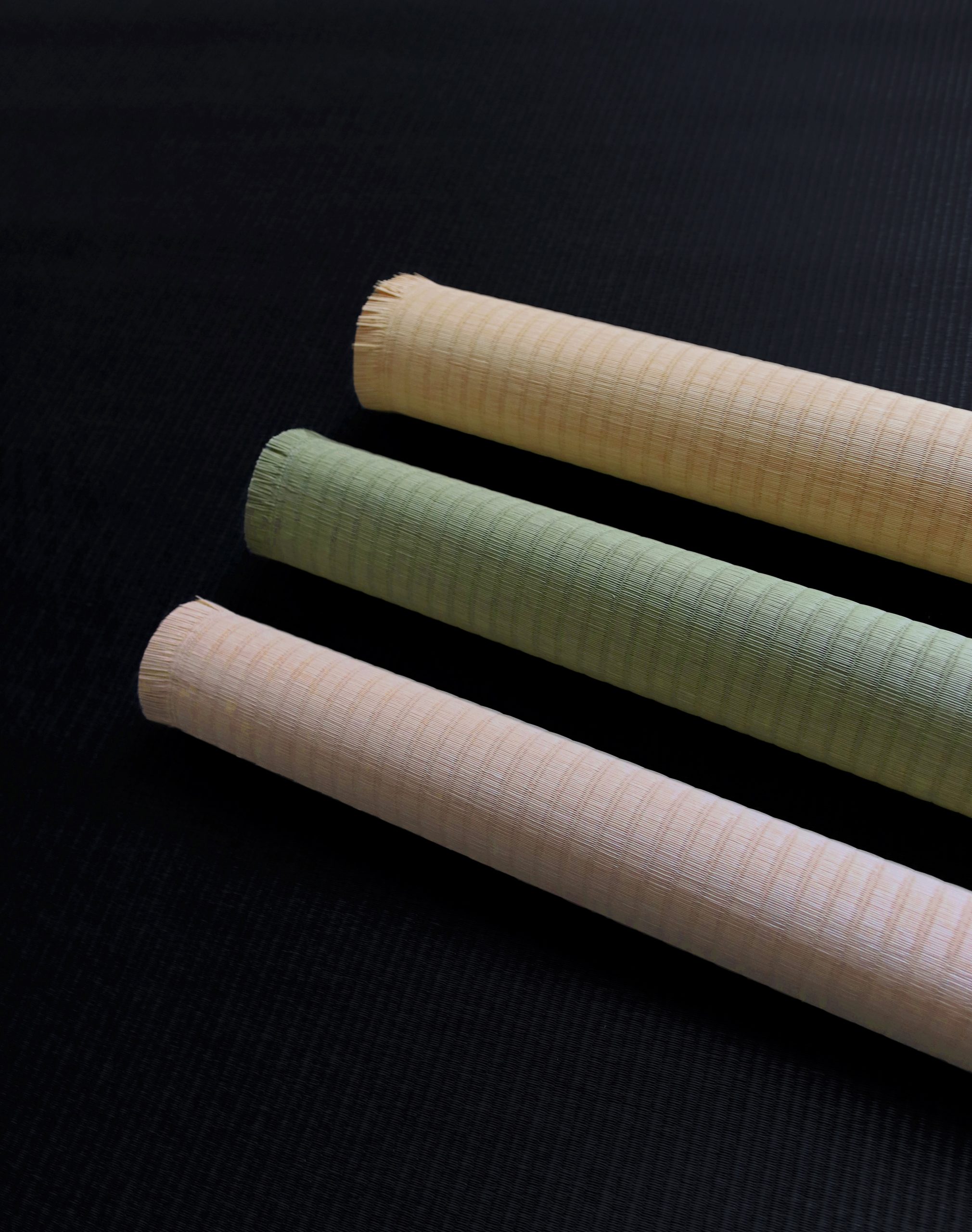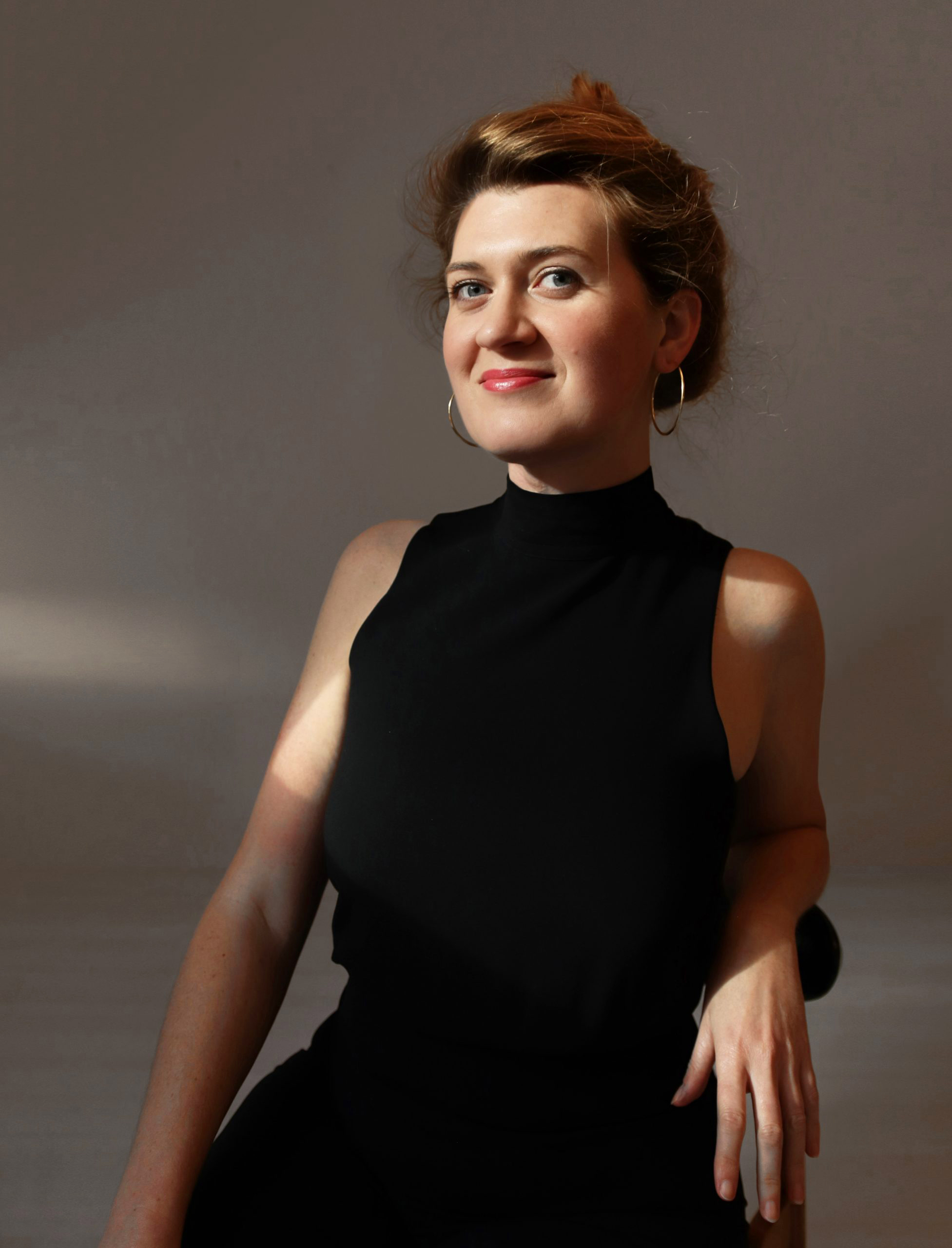Astrid Hauton is a French designer born in 1984. She studied at ENSCI-Les Ateliers in Paris, and at the California College of Arts in San Francisco.
She started her career in Southeast Asia, within the Switch-Asia program, committed to the development of local crafts and traditional know-how. For three years, she accompanied various communities of artisans, collaborating with international institutions such as UNIDO or UNEP.
Resident at Les Ateliers de Paris between 2016 and 2018, she was also the laureate of the Kyoto Contemporary residency in 2017. Her collections have been exhibited at the Paris City Hall, Galerie des Blancs Manteaux, and the Japan Brand Festival in Tokyo. His creative work is currently represented by Galerie Philia in Geneva, New York, Singapore and Mexico.
Astrid Hauton is also a lecturer on the subject of enhancing cultural identities through design. She has been a guest speaker at the Salon Maison&Objet, the Beirut Design Week or the Hanoi Goethe Institute.

